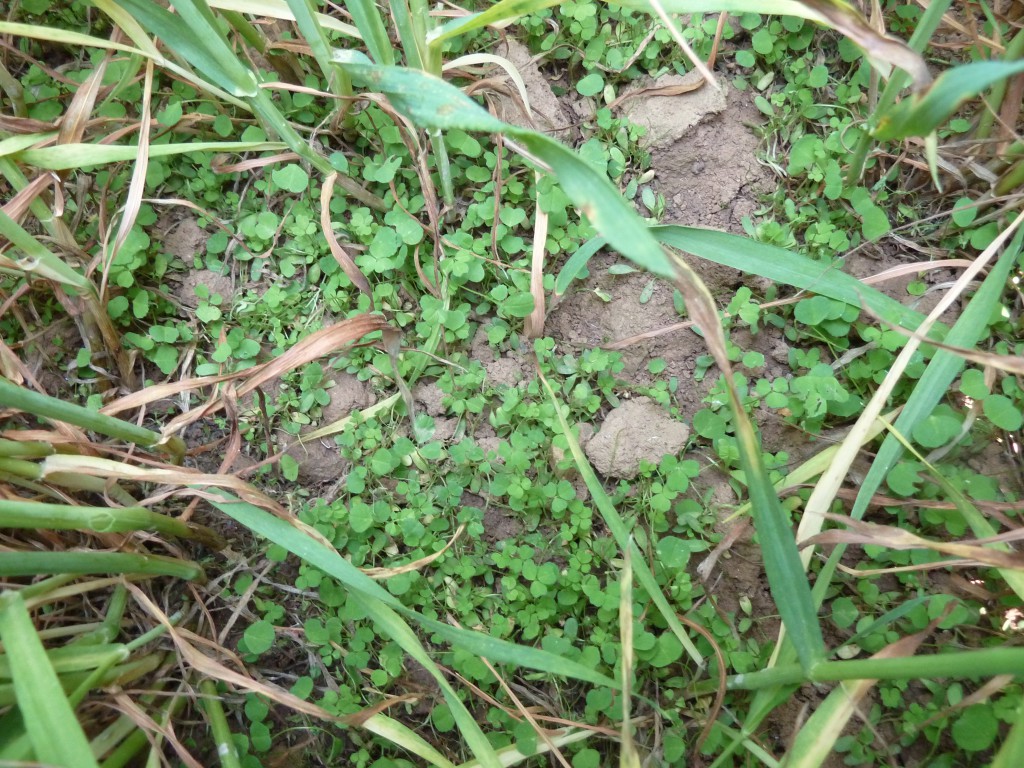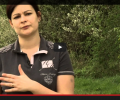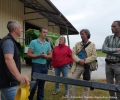Underseeded wheat : this work
24 juin 2015For the 2015 campaign, the Alsace Region Chamber of Agriculture is currently carrying out four agronomic experiments in the framework of the LIFE ALISTER programme. Three of these trials concern the technique of underseeding wheat.
The technique of underseeding consists in sowing a plant species (usually a leguminous plant such as clover) at the end of winter on a grain culture that is already in place. This species grows slowly under the crop during spring; when the grains are harvested, it is already seeded and ready to take over.
Trials carried out by the Chamber of Agriculture aim to study the various parameters that impact the success of the underseeding process: the variety and density of wheat, persistence of phytosanitary treatments on the crop, etc.
Various plant covers (white clover, purple clover, alfalfa, etc.), were sowed mid-March and at the beginning of April. The plantlets are already visible in the parcels, and you can already see big differences in terms of the sowing date and planting techniques!
You can’t really say that underseeding is a new technique, because it was formerly used by Alsatian farmers to sow alfalfa in their two-rowed barley parcels. On the other hand, it seems promising for the protection of the European Hamster because it causes rapid vegetation cover on parcels after harvesting; a vegetation cover in which hamsters can find food and shelter to protect themselves from predators.




